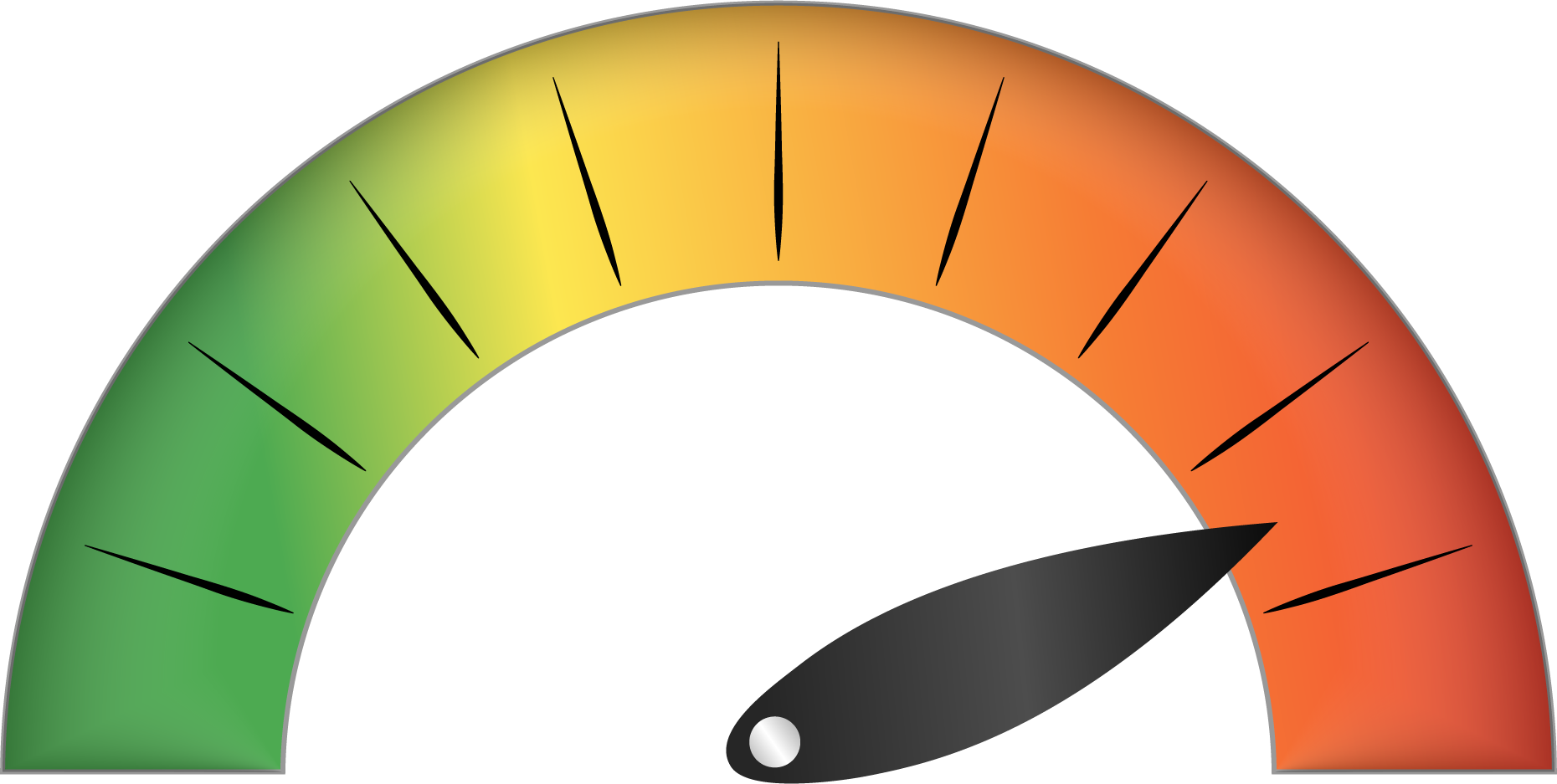Welcome To Your Enneagram Mood Check-In ✨

Your current state is:
unhealthy
Where Are You Right Now Enneagram 4?
When stressed, you may feel stuck in self-doubt or overly focused on what’s missing. This reflects a shift toward Type 2 energy, where you might overinvest in relationships to feel validated. Take this as a sign to nurture yourself and trust in your inherent value.
How This Shows Up: Signs You’re Here
You may feel caught in a loop of longing or self-doubt, focusing on what’s missing rather than what’s present. Emotional highs and lows can feel overwhelming, and you might withdraw or overpersonalize situations. There’s a sense of being stuck in your own story, detached from meaningful action.
I become hateful, tormented, despairing
How This Feels: Emotional Indicators
You might feel stuck in melancholy or envy, like you’re on the outside looking in. A scroll through social media could leave you feeling like everyone else has a better, more fulfilling life. Emotions might feel heavy and consuming, making it hard to appreciate the beauty or joy in your own world.
WHAT’S FUELING THIS:
Common Triggers or Mindsets
-
You believe something essential is missing from your life or yourself.
-
You’re triggered by rejection or feeling misunderstood.
-
You compare yourself to others, believing they have what you lack.
FINDING YOUR BALANCE
-
Look around and name 5 things you appreciate about your current surroundings.
-
Put on a song that lifts your mood or soothes you.
-
Do something small and grounding, like cleaning up a small space or making tea.

Remember: This Is Temporary
This is just a moment in time, not a permanent state. It’s okay to feel off-balance—your emotions are valid, but they don’t define you. Use the steps above to gently shift your focus toward gratitude, connection, and creativity. Even small actions can help you feel more centered and whole.

Celebrate Your Growth:
When you’re feeling stuck in self-doubt or longing, connection is key. Talk to someone who understands you—a close friend, family member, or coach—who can remind you of your unique strengths and beauty. Let them help you refocus on the present moment and what’s meaningful to you. This state won’t last forever, and reaching out can help you find your way back to clarity and gratitude.
New to the Enneagram Levels of Development? Start Here!
LEVELS OF DEVELOPMENT
Each type is divided into 9 levels of Psychological Health, 1= highest & 9=lowest. These are grouped into Healthy, Average & Unhealthy. At each level, we employ different strategies to reinforce our identity
Core Traits of Enneagram 4 at each Level
HEALTHY
1
Inspired, creative, self-aware, transformative, expressive.
2
Sensitive, introspective, artistic, emotional, empathetic.
3
Authentic, unique, romantic, refined, vulnerable.
AVERAGE
4
Melancholic, self-absorbed, dramatic, moody, alienated.
5
Self-indulgent, withdrawn, temperamental, dismissive, self-pitying.
6
Self-centered, envious, brooding, disdainful, hypersensitive.
UNHEALTHY
7
Despairing, self-loathing, self-destructive, bitter, delusional.
8
Depressive, unstable, volatile, alienating, grandiose.
9
Suicidal, hopeless, nihilistic, destructive, disconnected.
Enneagram Levels of Development: Healthy, Average, and Unhealthy
HEALTHY RANGE:
In the healthy range, you’re not overly tied to your self-image or identity. You feel free to explore and express yourself in authentic and dynamic ways. By letting go of rigid definitions of who you are, you naturally align with your values and act in ways that reflect your true self, effortlessly reinforcing your sense of purpose and wholeness.
-
Level 1 – Liberation (Ego transcended-balance and freedom)
-
Level 2 – Psychological Capacity (Ego is identified as an ideal-self)
-
Level 3 – Social Value (Ego operating in a constructive way)
AVERAGE RANGE:
In this range, some imbalance starts to show, and your focus narrows. You may become more preoccupied with your identity and how others perceive you. To maintain this image, you might rely on social roles, subtle manipulation, or trying to control situations, all in an effort to reinforce your sense of self.
-
Level 4 – Imbalance (Ego-role assumed, defences increased)
-
Level 5 – Interpersonal Control (Manipulative & Defended)
-
Level 6 – Overcompensation (Ego inflation, conflicts with others)
UNHEALTHY RANGE:
In the unhealthy range, your focus on your identity becomes so intense that it distorts your perception of reality. You may see yourself in a way that feels completely disconnected from how others experience you, creating a sense of isolation or misunderstanding.
-
Level 7 – Violation (Survival tactic, neurotic)
-
Level 8 – Delusion and Compulsion (Major personality disorder)
-
Level 9 – Pathological Destructiveness (Psychosis, breakdown).
UNHEALTHY RANGE
AND ITS LEVELS
7. Level of Violation: IMPULSIVE ESCAPIST
At this level, Type 4s become overwhelmed by disappointment, withdrawing in anger and despair when reality fails to meet their idealized dreams. Alienated from themselves and others, they shut down emotionally, paralyzed by self-doubt and resentment. Trapped in a victim mentality, they reject anything that doesn’t support their emotional demands. Self-pity turns to deep shame, leaving them apathetic, disconnected, and unable to engage with life meaningfully.
8. Level of Delusion & Compulsion: EMOTIONALLY TORMENTED PERSON
At this level, Type 4s become consumed by self-hatred and despair, believing their suffering is inescapable. Tormented by morbid thoughts, they spiral into self-contempt, punishing themselves while resenting others. Everything feels futile, and their pain becomes a source of bitterness. Seething with spite, they push away anyone who tries to help, blaming others for their misery while sinking deeper into isolation and emotional torment.
9. Level of Pathological Destructiveness: SELF-DESTRUCTIVE PERSON
At this level, Type 4s become completely consumed by despair, feeling utterly lost and without significance. Overwhelmed by crushing self-consciousness, they spiral into self-destruction, turning to substance abuse or reckless behavior to numb their pain. Hopeless and dissociated, they withdraw from life, believing there is no escape from their suffering. At the most extreme, their emotional torment can lead to total breakdown, self-harm, or suicidal thoughts.